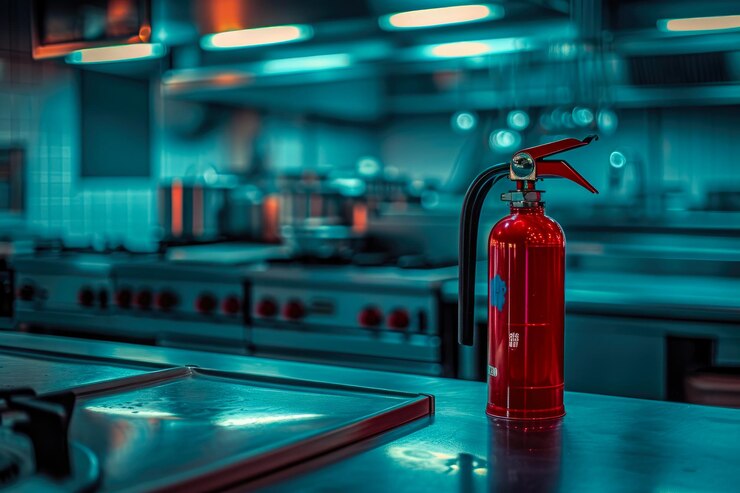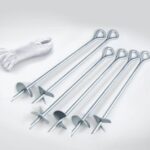In commercial kitchens, fire safety is of paramount importance to protect personnel, customers, and property. Ansul systems, known for their effectiveness in suppressing fires, are widely used in restaurants and industrial cooking facilities. This article explores the installation process of Ansul System Installation, their components, and the crucial role they play in fire prevention and protection.
Introduction to Ansul Systems
Ansul systems are specialized fire suppression systems designed specifically for commercial kitchens where cooking operations pose a significant fire hazard. These systems are engineered to quickly detect and suppress fires involving cooking oils and fats, which are common in restaurant environments.
Components of an Ansul System
- Detection System:
- Ansul systems typically utilize heat sensors or detectors placed above cooking appliances to detect elevated temperatures or flames, triggering the suppression process.
- Agent Storage Tanks:
- These tanks store the fire suppression agent, often a liquid chemical mixture that is discharged onto the fire to suppress it effectively.
- Distribution Piping:
- Piping networks distribute the fire suppression agent from the storage tanks to nozzles strategically positioned above cooking equipment and appliances.
- Nozzles and Discharge Devices:
- Nozzles are designed to disperse the fire suppression agent evenly and effectively over the hazard area, ensuring rapid and thorough coverage.
- Control Panel:
- A control panel monitors the detection system and coordinates the activation and operation of the Ansul system in response to a fire incident.
Installation Process of Ansul Systems
1. Site Assessment and Design
- Initial Assessment: A qualified fire protection engineer or technician assesses the kitchen layout, cooking equipment, fire hazards, and regulatory requirements to determine the appropriate Ansul system design.
- System Design: Based on the assessment, a customized Ansul system design is developed, specifying the placement of detection devices, agent storage tanks, piping routes, and discharge nozzles.
2. Equipment Installation
- Preparation: Before installation, the kitchen area is prepared, ensuring clear access to cooking appliances and designated installation zones.
- Component Installation: Technicians install detection devices, agent storage tanks, distribution piping, and discharge nozzles according to the approved system design and manufacturer guidelines.
3. Electrical and Control Integration
- Wiring and Control Panel: Electrical wiring is installed to connect detection devices, control panels, and activation mechanisms. The control panel is programmed to monitor system status and initiate fire suppression protocols.
4. Testing and Commissioning
- System Testing: After installation, comprehensive testing and commissioning are conducted to ensure the Ansul system operates effectively and meets regulatory standards.
- Functional Tests: Technicians perform functional tests, including detection system checks. Agent discharge simulations (without actual discharge), and integration with existing fire alarm systems.
5. Training and Documentation
- User Training: Kitchen staff receive training on operating procedures, emergency response protocols, and maintenance requirements specific to the Ansul system.
- Documentation: Comprehensive documentation, including installation records, test results, operational manuals. And maintenance schedules, is provided to the facility owner or manager for future reference and compliance.
Maintenance and Compliance
- Regular Inspections: Scheduled inspections and maintenance are essential to ensure the Ansul system remains in optimal condition. This includes checking detection devices, testing control panel functionality, and verifying agent storage levels.
- Compliance: Ansul systems must comply with local fire codes. NFPA (National Fire Protection Association) standards, and manufacturer recommendations to maintain certification and effectiveness.
Conclusion
The installation of an Ansul system in commercial kitchens is a critical measure to safeguard against fires related to cooking activities. By following rigorous design, installation, testing. And maintenance procedures, businesses can enhance fire safety, protect personnel and property, and comply with regulatory requirements. Ansul systems provide reliable fire suppression capabilities, ensuring swift and effective response to kitchen fires. Thereby minimizing risks and maintaining operational continuity in commercial food service environments.







